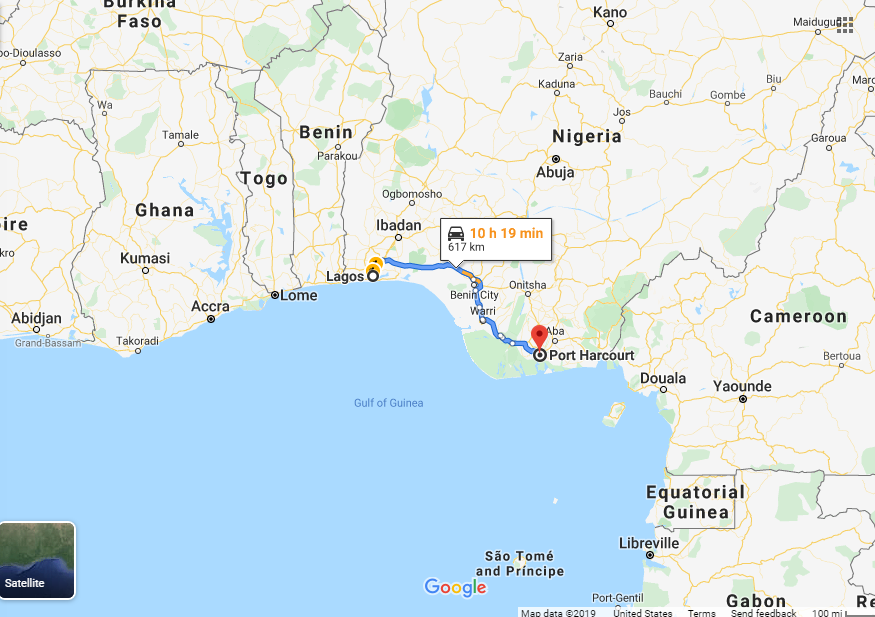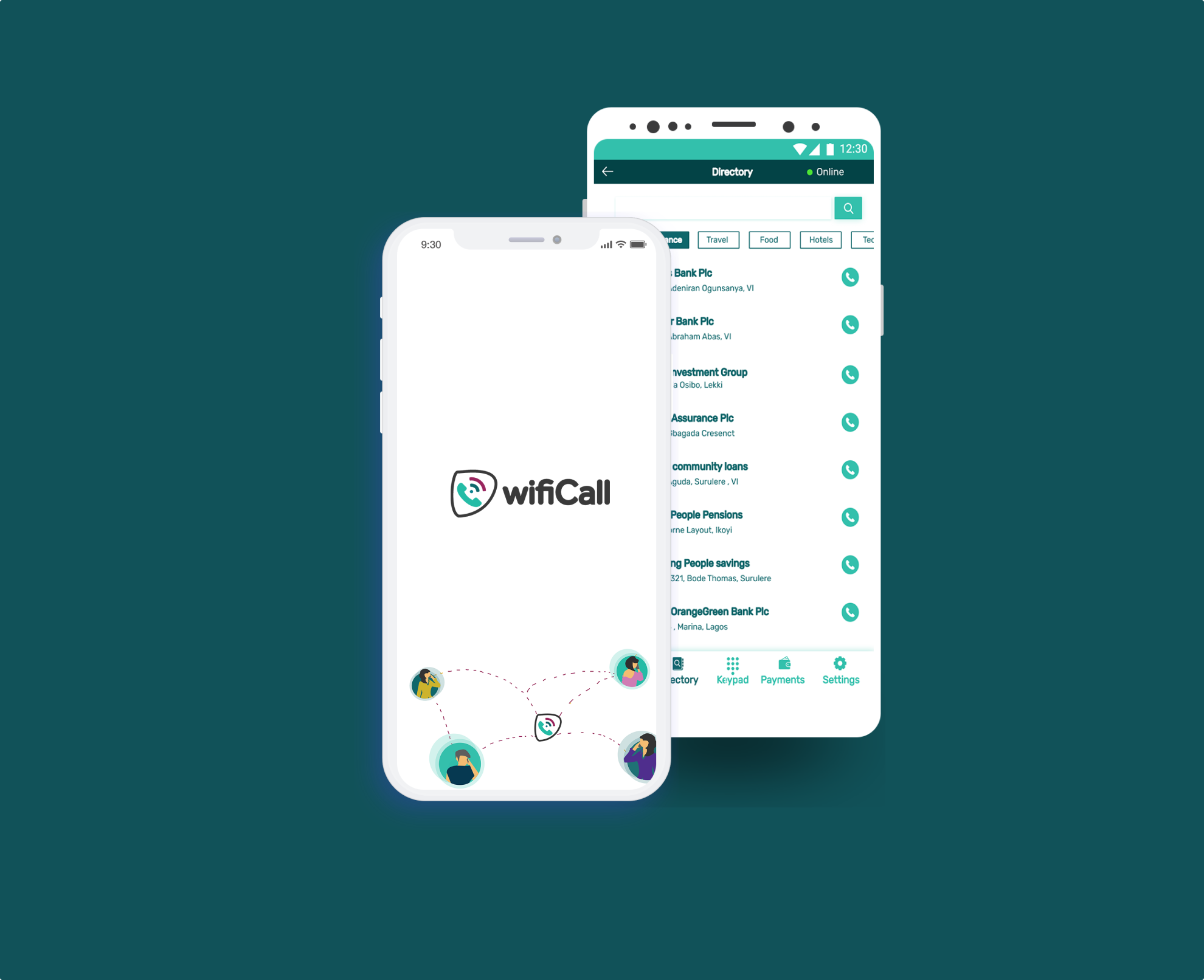Nigerian internet service provider Tizeti has launched its first 4G LTE network.
The Y-Combinator backed startup — that uses solar powered towers to deliver net connectivity — has built its premier 4G capable tower in the city of Port Harcourt, where Tizeti will offer its first 4G and ISP services.
The company operates primarily in Lagos, Nigeria’s unofficial business capital, and expanded this year to Ghana. Port Harcourt is the fifth largest city in Nigeria located in River State, another commercial hotspot for the country.
Tizeti plans to take its model to additional West African countries in 2020, according to CEO and co-founder Kendall Ananyi.
“We leverage inexpensive wireless capacity and plummeting cost of solar panels to create a low capex and opex network of owned and operated towers,” Ananyi told TechCrunch.
“We’re able to offer customers unlimited internet at 30 to 50% the cost of traditional mobile data plans,” he said.
The price for a Tizeti unlimited plan is 9,500 Nigerian Naira per month, or around $26. The startup has 1.1 million unique users and packages internet services drawing on partnerships with West African broadband provider MainOne and Facebook’s Express Wi-Fi.

On the addressable market for Tizeti after its latest move, “Not everyone’s gonna sign up but we know we have 20 million in Lagos and 1.8 million in Port Harcourt; so even if we get 10%, that it’s a huge number for us,” Ananyi said.
A lot of businesses and tech startups bank on Nigeria’s numbers, since it has both Africa’s largest economy and population, at 200 million.
Tizeti raised a $3 million Series A round in 2018 and has built a suite of internet driven products to capture market share. In addition to ISP services, it launched a Skype-like personal and business enterprise communications service — WiFCall.ng— in April 2019.
 Tizeti could shift the connectivity equation in Africa’s key tech hubs, such as Nigeria, where high levels of startup formation and VC investment are still hindered by weak internet stats.
Tizeti could shift the connectivity equation in Africa’s key tech hubs, such as Nigeria, where high levels of startup formation and VC investment are still hindered by weak internet stats.
Though Africa (primarily Sub-Saharan Africa) still stands last in most global rankings for internet penetration (35 percent), the continent continues to register among the fastest connectivity growth in the world.
Sub-Saharan Africa countries with the highest number of internet users include Nigeria (123 million), Kenya (46 million) and South Africa (32 million).
